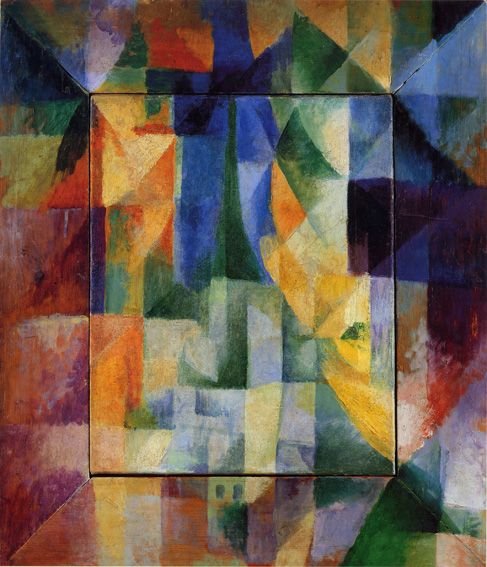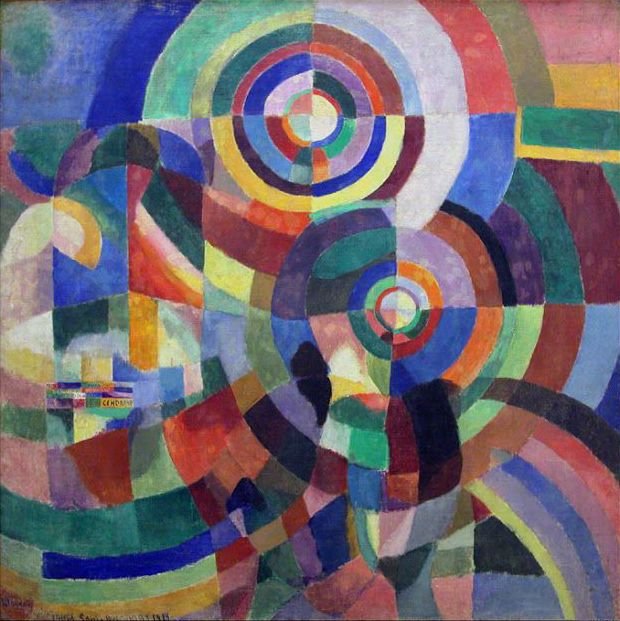Orphism
1911 - 1914
Many people consider Orphism to be part of the Cubist art movement because it was championed by a small group of artists who tired of Cubism’s heavy reliance on intellectual theory. These artists found the lyrical qualities of color appealing. So during its brief moment in the sun, Orphism brought color to the forefront of modern art. It was one of, if not the first, totally non-representational art movement. The artists attracted to Orphism sought to use color in almost poetic fashion. In fact, one of the leading proponents, Sonia Delaunay, actually collaborated in creating works of art with friends who were poets.
The foundation piece in this movement was a quilt sown by Sonia Delaunay to cover her infant son’s cradle. At the time she was mimicking the Russian-style peasant quilts she’d seen while growing up in Ukraine and St. Petersburg, Russia. As she sewed pieces of fabric together, she became fascinated by the interplay of colors and shapes, feeling the colors were actually singing to her. Along with her husband, Robert Delaunay, she began to explore emerging color studies of the day and experimenting with abstract art that relied on arrangements of colors and shapes. Both Robert and Sonia Delaunay became leading avant-garde artists based in Paris and attracted followers throughout the European continent to their new form of abstract art.
Orphism, itself, was short-lived as artists like the Delaunays became even more fascinated with Cubist theories related to Albert Einstein’s Theory of Simultaneity which simultaneous nature of objects and time. As these artists delved deeper into the idea of simultaneity, Orphism quite naturally evolved.






